Enhance Your Driveway with Geotextile Fabric: A Durable Solution for Long-lasting Surfaces
Transform your driveway’s durability and longevity with geotextile fabric, a versatile solution tailored to fortify surfaces against wear and erosion. Geotextile fabric for driveways acts as a robust barrier, providing superior stability while reinforcing the structural integrity of the surface. Whether facing heavy traffic or combating soil erosion, this fabric offers a reliable shield, preventing gravel migration and maintaining optimal drainage. Say goodbye to the woes of surface degradation—geotextile fabric ensures a steadfast foundation, promising a resilient and long-lasting driveway solution for your property.
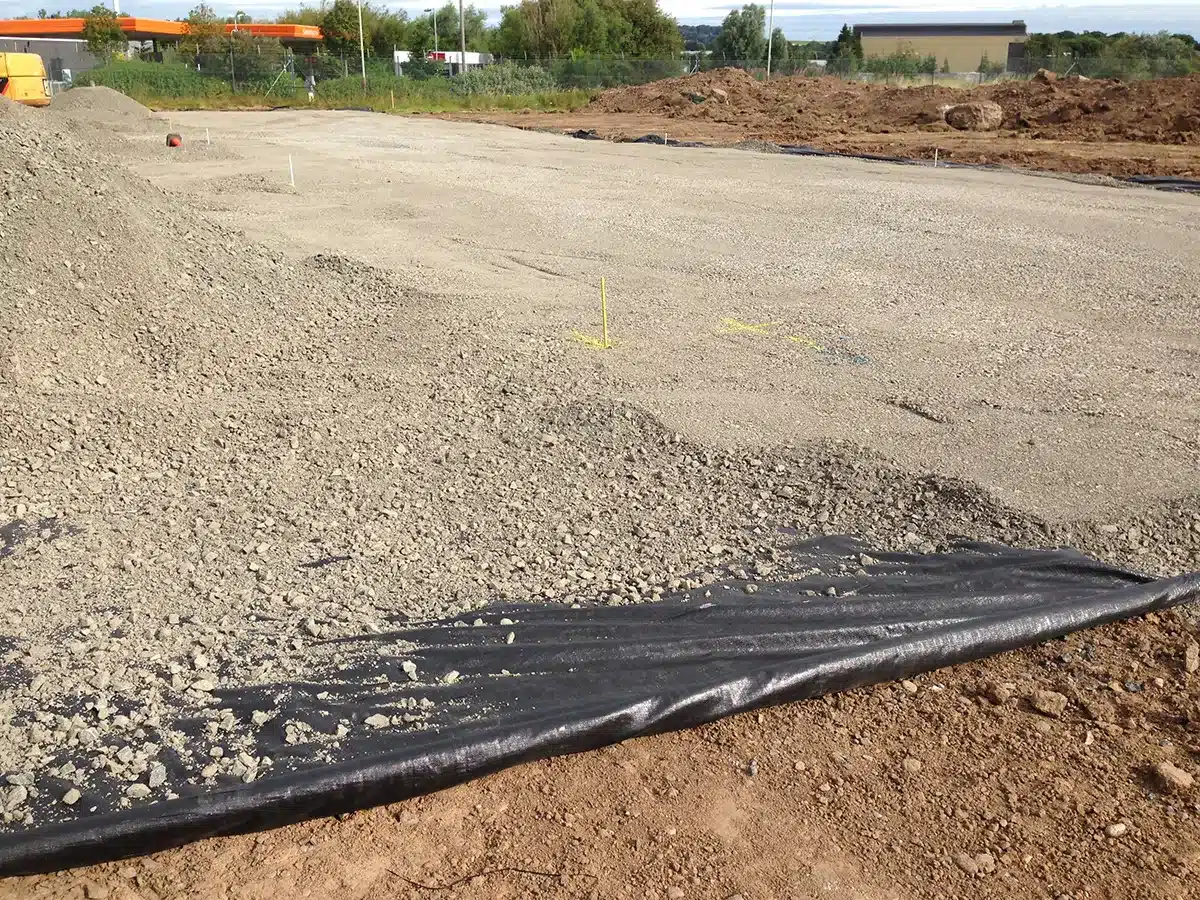
Is geotextile fabric needed for the driveway?
Yes, geotextile fabric is essential for driveways, especially those constructed with gravel. It acts as a barrier, preventing the mixing of soil and gravel, which can lead to degradation, potholes, and uneven surfaces. The fabric stabilizes the base, enhances load distribution, and minimizes rutting, significantly extending the driveway’s lifespan.
What is the best fabric for gravel driveways?
woven landscape fabric
The best fabric for gravel driveways often depends on specific needs and soil conditions.
- Woven geotextiles: offer superior strength and durability, ideal for areas with high traffic or heavier loads.
- Nonwoven geotextiles: on the other hand, provide excellent filtration properties, preventing the mixing of soil and gravel while maintaining good water drainage.
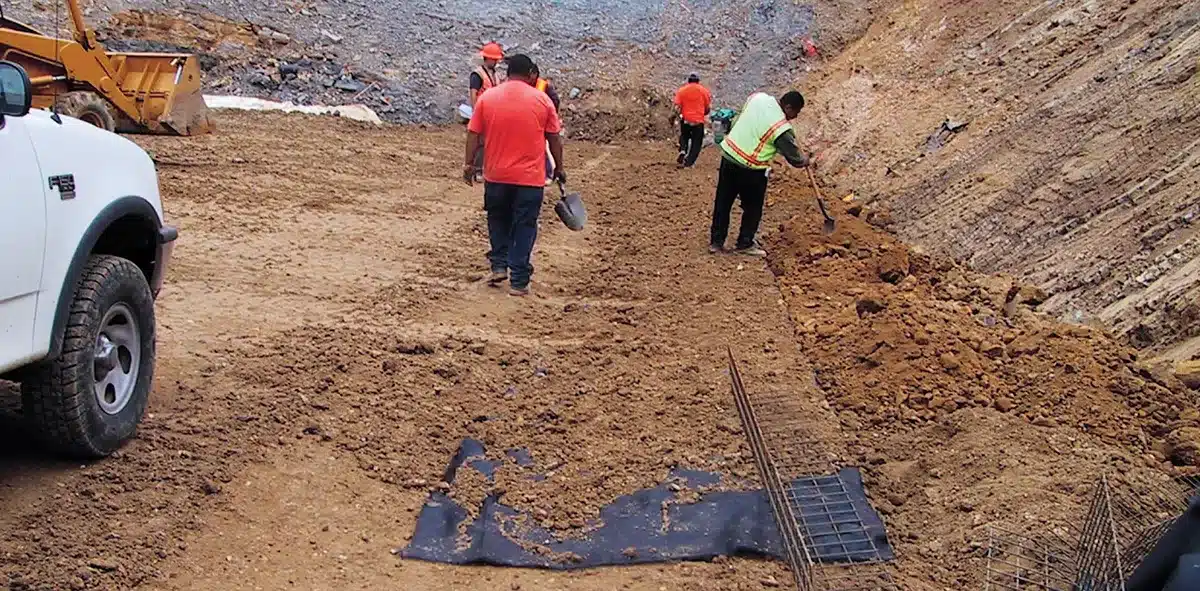
What are the advantages of woven and non-woven geotextiles for driveways?
Advantages of Woven Geotextiles:
- Strength and Durability: Woven geotextiles are known for their high strength, making them suitable for areas with heavy traffic or loads. They resist tearing and stretching, maintaining stability over time.
- Load Distribution: They excel in distributing loads across a wider area, reducing stress on the underlying soil and enhancing the driveway’s structural integrity.
- Permeability: Woven geotextiles typically have good water permeability, allowing efficient water drainage while preventing soil erosion or mixing with the gravel layer.
Advantages of Non-Woven Geotextiles:
- Filtration and Separation: Non-woven geotextiles offer excellent filtration properties, preventing soil migration and mixing with the gravel layer. They act as a barrier, maintaining separation between soil and gravel while still allowing water to pass through.
- Erosion Control: They can help prevent soil erosion beneath the gravel surface by maintaining the integrity of the layers and stabilizing the soil structure.
- Versatility: Non-woven geotextiles are often more versatile and adaptable to different soil types and conditions, making them a good choice for various driveway applications.
What is the lifespan of geotextile fabric?
The lifespan of geotextile fabric varies based on factors like material quality, installation, and environmental conditions. Generally, high-quality geotextile fabrics, when properly installed and maintained, can last anywhere from 20 to 35 years. Regular inspection, avoiding damage during installation, and protecting it from prolonged exposure to UV rays contribute to maximizing its longevity.
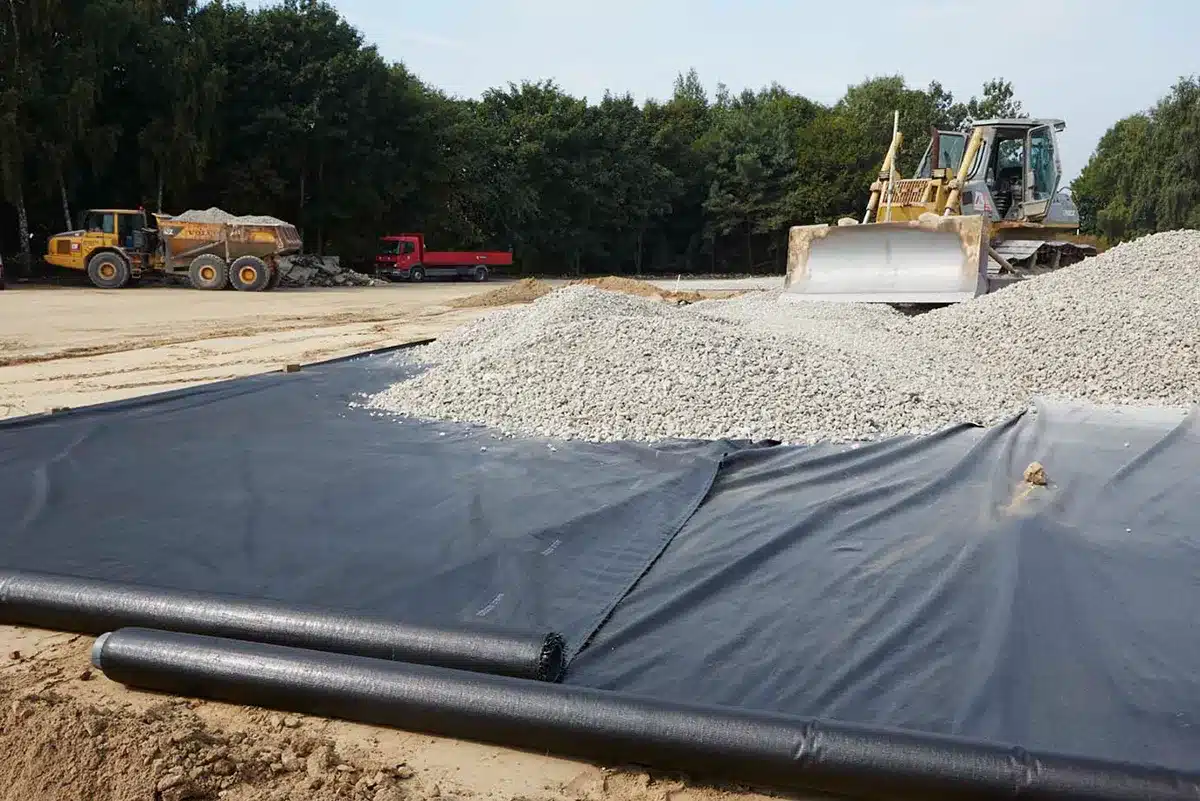
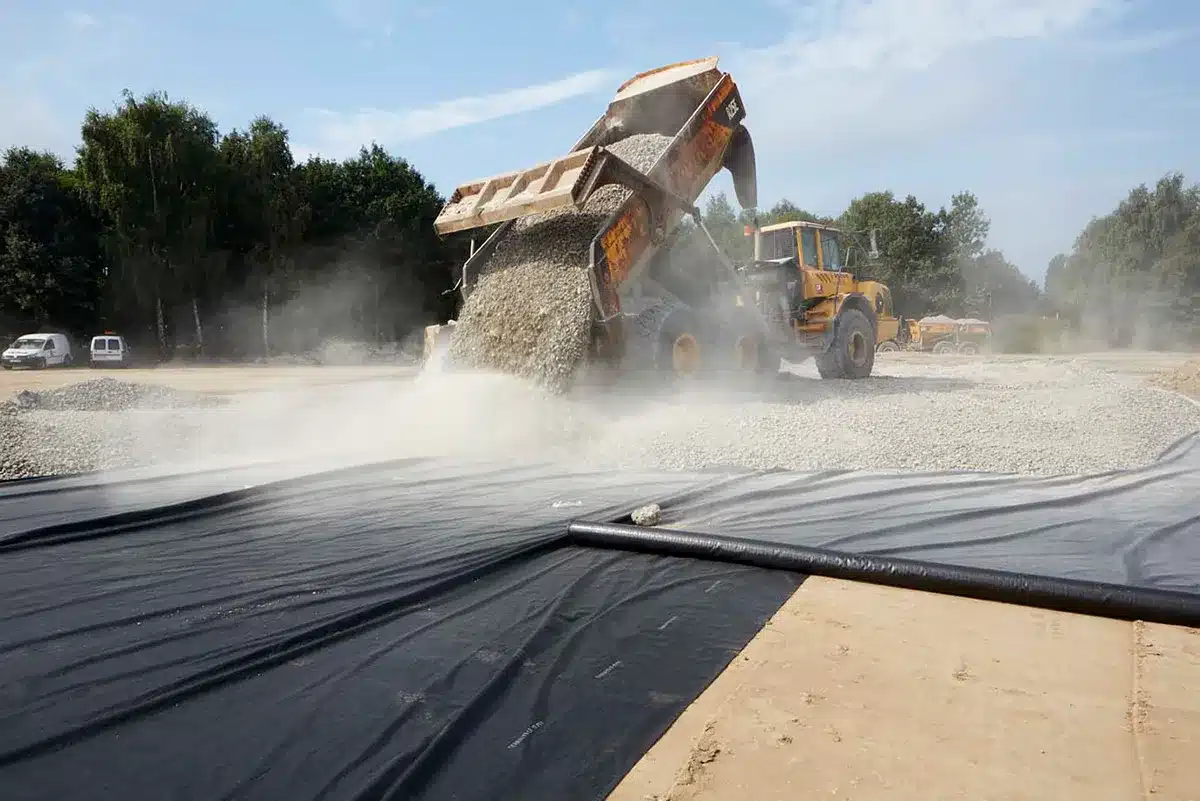
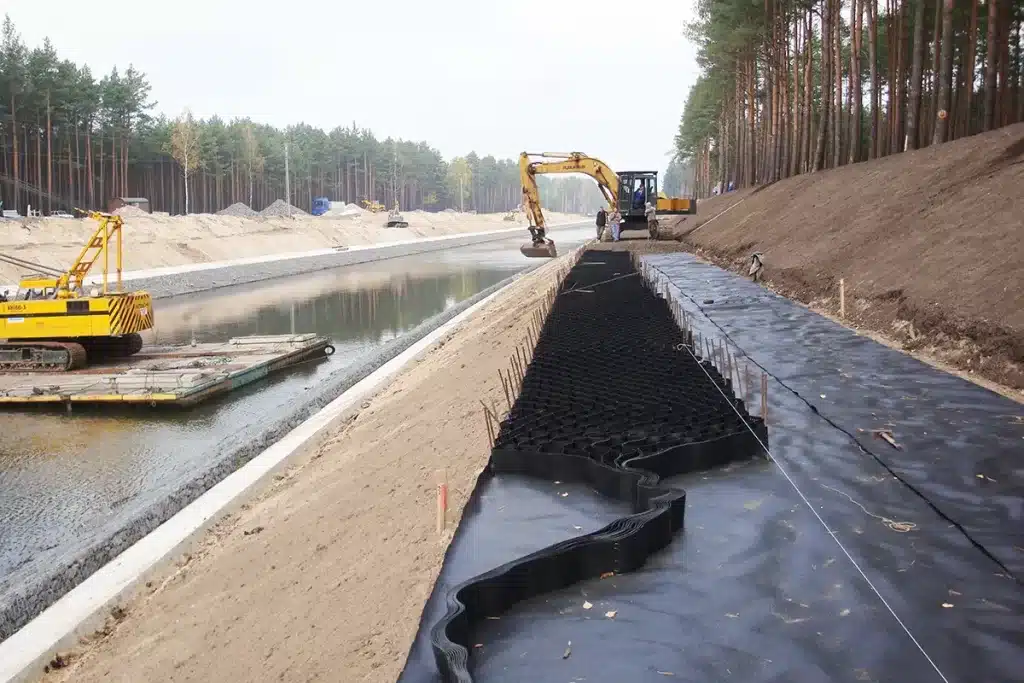
Comments
Post a Comment